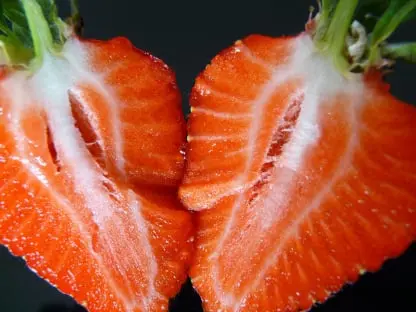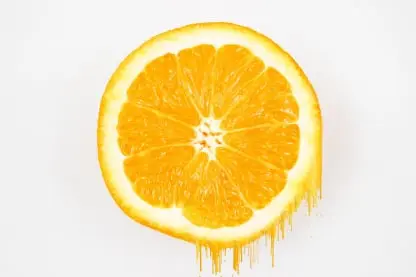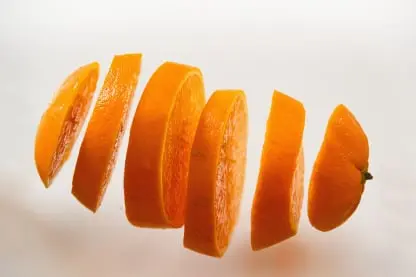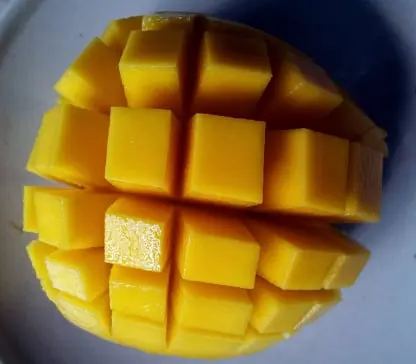Fresh cut fruit packing app:
Fresh cut fruit packing app manages entire fresh fruit and fresh vegetable cutting and packing processes for food service: issue PO's, receive fresh fruit & vegetable, receive Sales Orders, cut and pack to order, 100% accurate fresh cut fruit shipping of every order! Manage fresh cut fruit packing requirements for food safety.

Fresh cut fruit Packing App for accurate order filling & production
View Packing App Specifications.
Packaging Requirements for Fresh Fruits and Vegetables Postharvest Technology Series
Introduction
Skip to Introduction
Packaging fresh fruits and vegetables is one of the more important steps in the long and complicated journey from grower to consumer. Bags, crates, hampers, baskets, cartons, bulk bins, and palletized containers are convenient containers for handling, transporting, and marketing fresh produce. More than 1,500 different types of packages are used for produce in the United States and the number continues to increase as the industry introduces new packaging materials and concepts. Although the industry generally agrees that container standardization is one way to reduce cost, the trend in recent years has moved toward a wider range of package sizes to accommodate the diverse needs of wholesalers, consumers, food service buyers, and processing operations.
Packing and packaging materials contribute a significant cost to the produce industry; therefore it is important that packers, shippers, buyers, and consumers have a clear understanding of the wide range of packaging options available. This factsheet describes some of the many types of packaging, including their functions, uses, and limitations. Also included is a listing, by commodity, of the common produce containers standard to the industry.

Fresh cut fruit packing app manages food safety
Fresh-cut tropical fruit is increasingly popular currently, stimulated by public awareness of health and practical lifestyle-fresh-cut fruit presenting consumers' convenience, safety, and quality. Tropical fruit contains functional components that are quite varied and good for health. Mangosteen, Mango, and Rambutan are three exotic tropical fruits... ... that has a type of climacteric, while Rambutan was nonclimacteric fruit. Mangosteen was observed in the form of a merged segment while the Mango was cut into a cubeshaped 4x4x2 cm (without seed). Rambutan fruit was prepared without peel, but the seed was left. These fruits were packed in plastic boxes stored at cold temperatures (7±1°C), as in Fig. 1. The tools of research were digital scale analysis, refractometer, spectral colorimeter CS-280, chiller, digital pH meter, texture analyzer (speed 10 distance 20 for Mango, and speed 10 distance 8 for Rambutan) and instrument of titration. ...

Fresh cut fruit Packing App for reduced food & fresh produce waste
Recently, consumers’ demand for fresh, nutritious, and convenient food has shown a significant rise. This trend has forced increased sales of minimally processed and/or pre-packed fruit- and vegetable-based products. New product development and the diversification of plant-based foods have supported this growth. The food production sector should balance this requirement with the necessity to provide safe food with extended shelf life while meeting consumer demands for novel, nutritious, and affordable food products. The use of alternative “soft hurdles” may result in a decrease in the rate of food deterioration and spoilage attributed to microbial activity or other physiological/chemical degradation reactions. The objective of the article is to provide a systematic review of the preservative effect of the available hurdles implemented during processing and packaging of fresh-cut fruits and vegetables, focusing on recent applications aiming at improving product quality and prolonging their limited shelf life.

Fresh cut fruit packing app manages supplier food quality and traceability
How can you properly preserve and protect fruit and vegetables while allowing them to breathe, too?
Unlike most food products, fresh fruit and vegetables continue to “breathe” after they are picked.
This process absorbs oxygen and releases carbon dioxide and water vapour.
The key to keeping these packaged products “fresh” is to reduce the rate at which they breathe, while preserving their quality (flavour, texture and appearance).
QUALITY RISKS FOR FRUIT AND VEGETABLES
In general, the rate at which they breathe can be reduced by keeping the temperature low or by creating a protective atmosphere, low in oxygen and high in carbon dioxide.
Unfortunately, it’s not quite that simple.